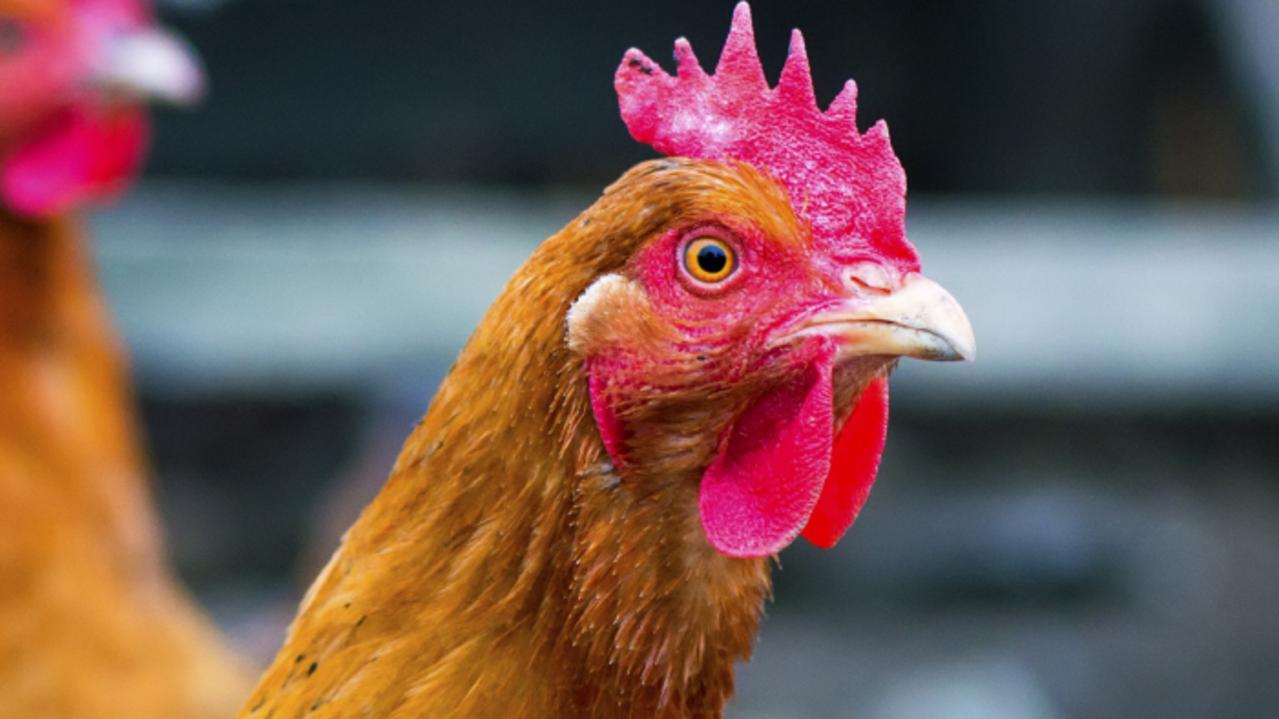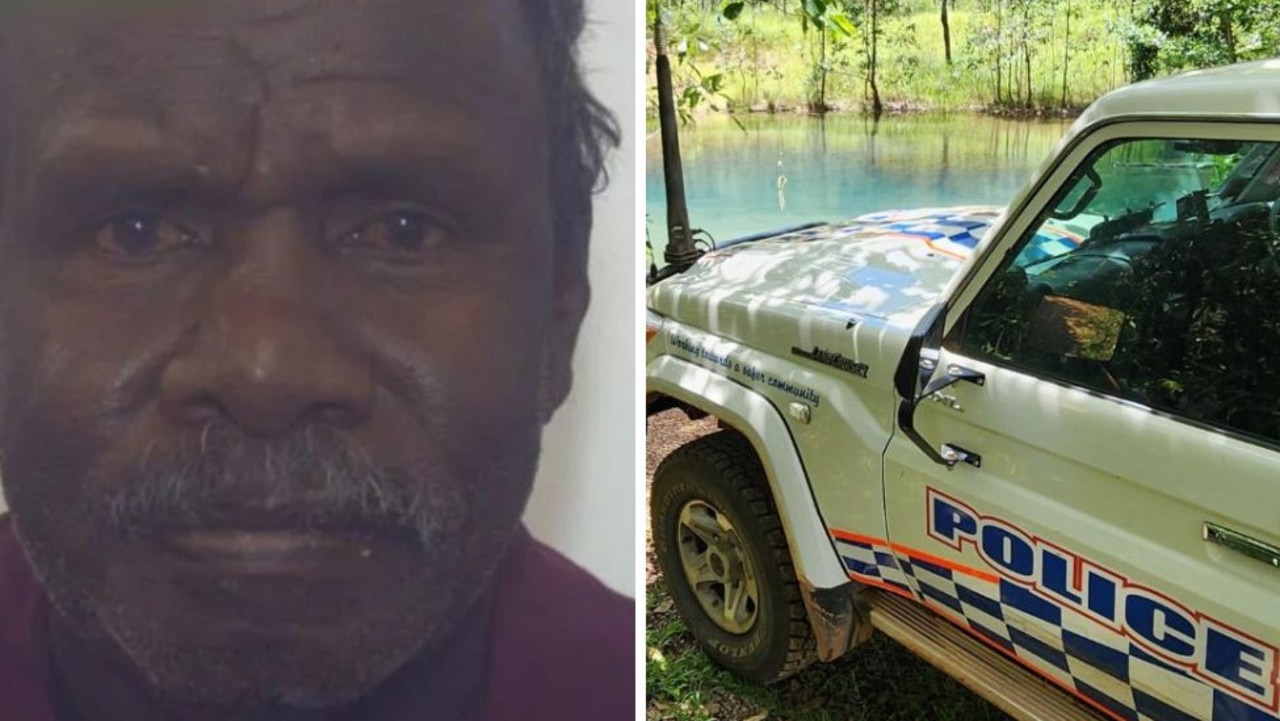Google add native Australian species including koala, kangaroos and quokkas to AR animals
People have been flocking to Google with a question about a native Australian animal with data showing interest has hit an all-time high.
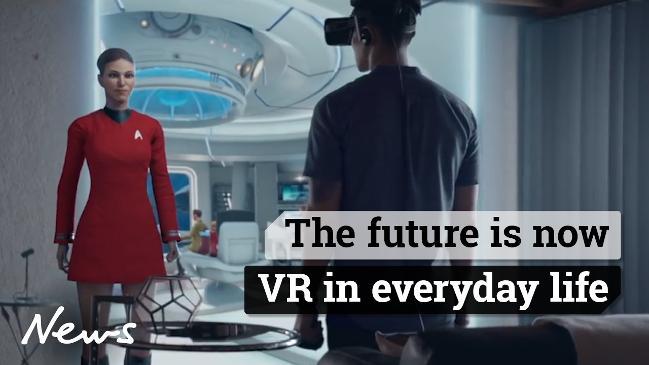
Australia’s diverse and unique native species are the subject of international fascination, and now it’s easier to get up close and personal with them.
Data from Google shows interest in koalas specifically has recently hit an all-time high, with concern the animals could become extinct after large populations died or lost habitat in the 2019-20 summer bushfires.
But another key search is people around the world frequently asking the search engine whether they can get a koala as a pet.
Most Australians already know you can’t, but there’s a new way you can get them in your yard.
RELATED: Sydney Zoo welcomes baby tree kangaroo
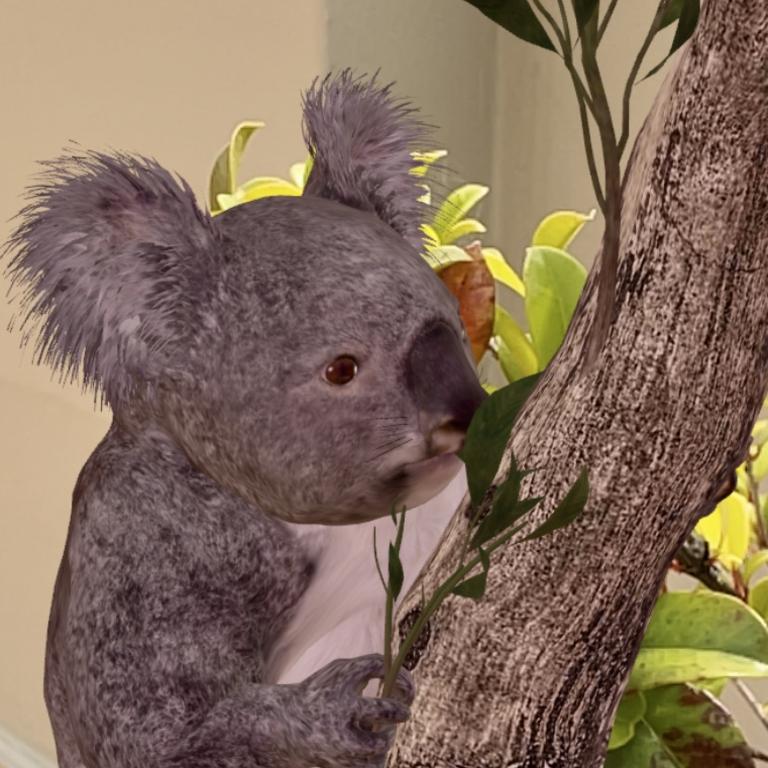
RELATED: NZ rocked by ‘illegal voting’ scandal
RELATED: Rare squid spotted off Australian coast
Google’s augmented reality features allow you to render realistic 3D models of an animal so you can see how they would fit into a space.
The rendered animals aren’t real but they look good enough to impress your kids or trick social media followers.
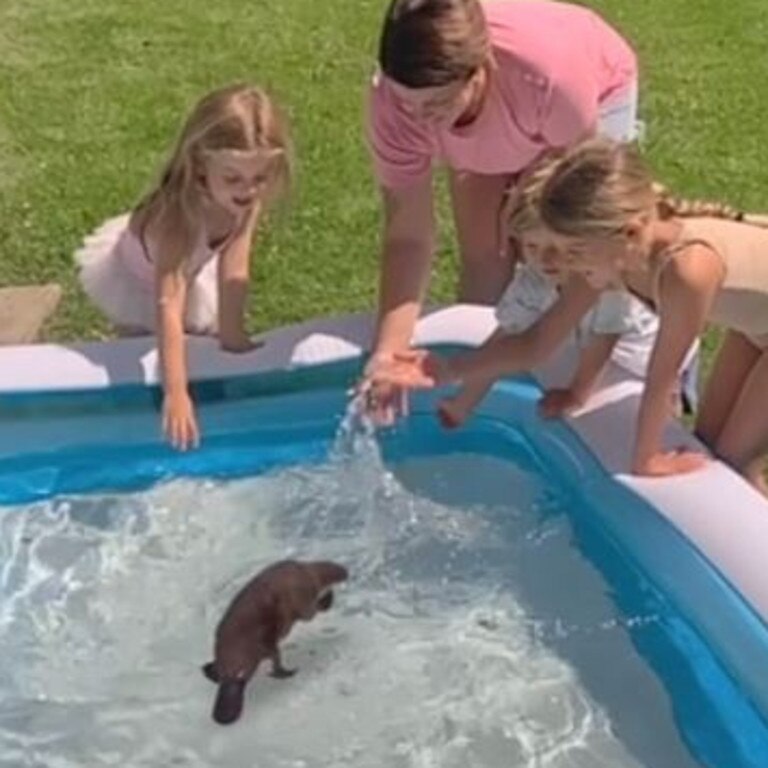
RELATED: Rare squid spotted off Australian cost
RELATED: Imported pest getting stronger, faster
Google recently added eight new models for Australian animals including koala, emu, kangaroo, wombat, kookaburra, echidna, quokka and platypus.
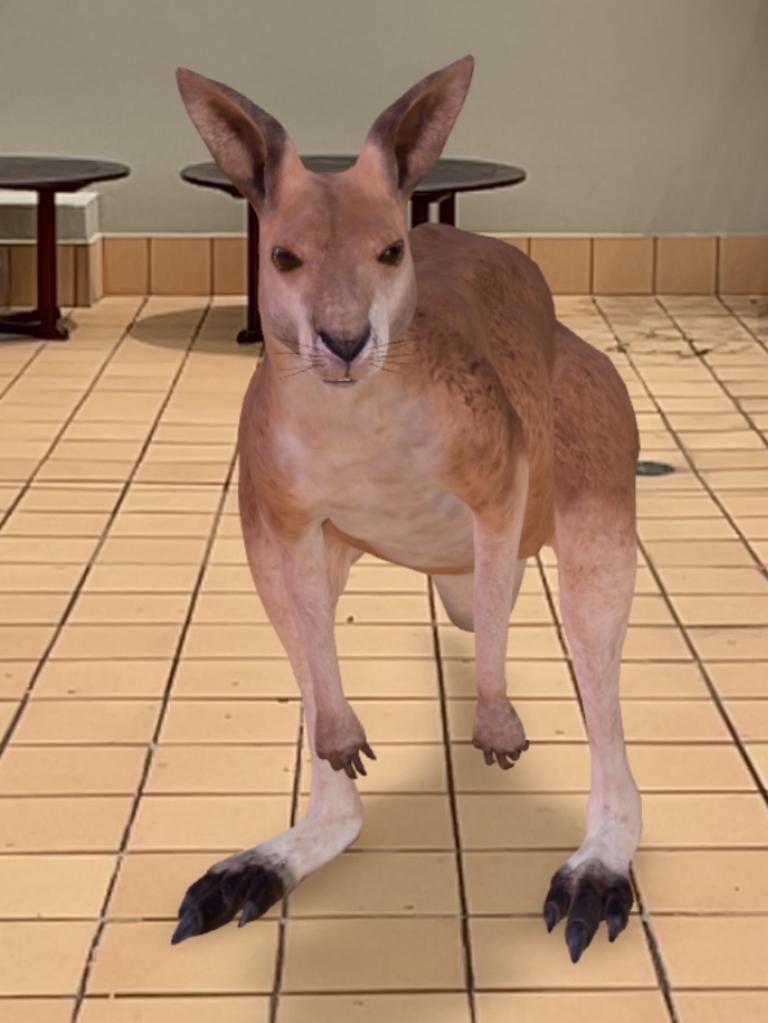
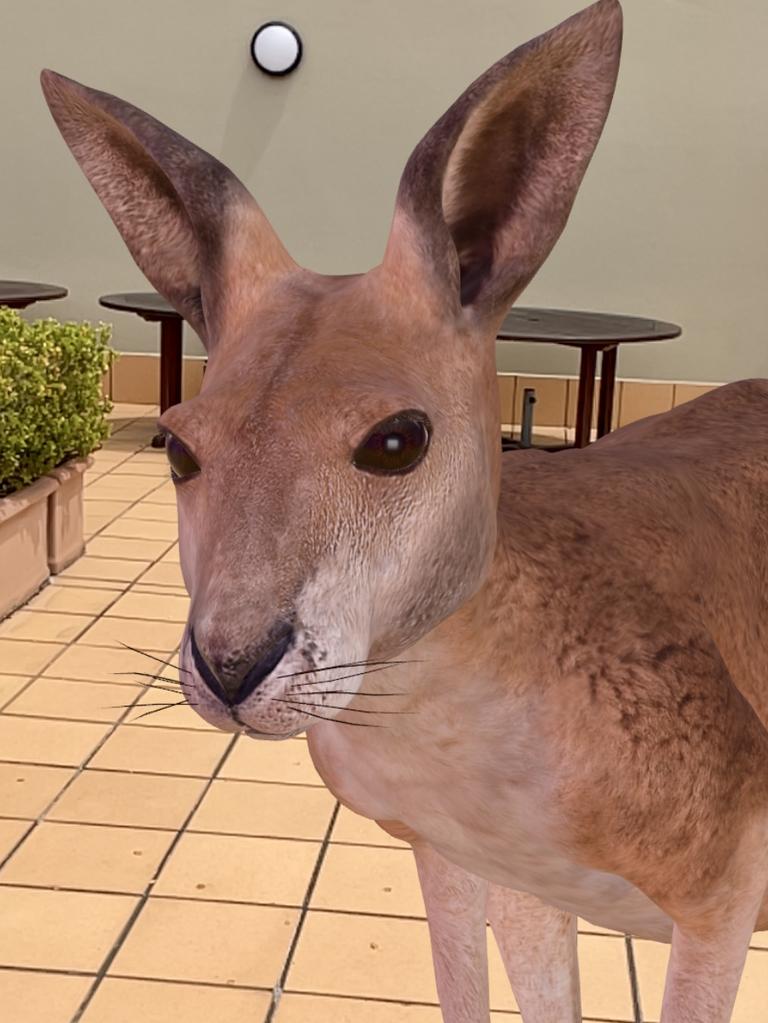
All you need is a relatively modern smartphone.
To summon one of the animals open your mobile browser to Google and type in the name of the animal.
Scroll down and you’ll see a button that can render the animal, displaying it on your phone screen and adapting as you move around your real world environment.
You can do it on an iPhone or Android phone. Android phones have the added benefit of being able to simulate the sounds of the animals too, a feature that is coming to iPhones soon.
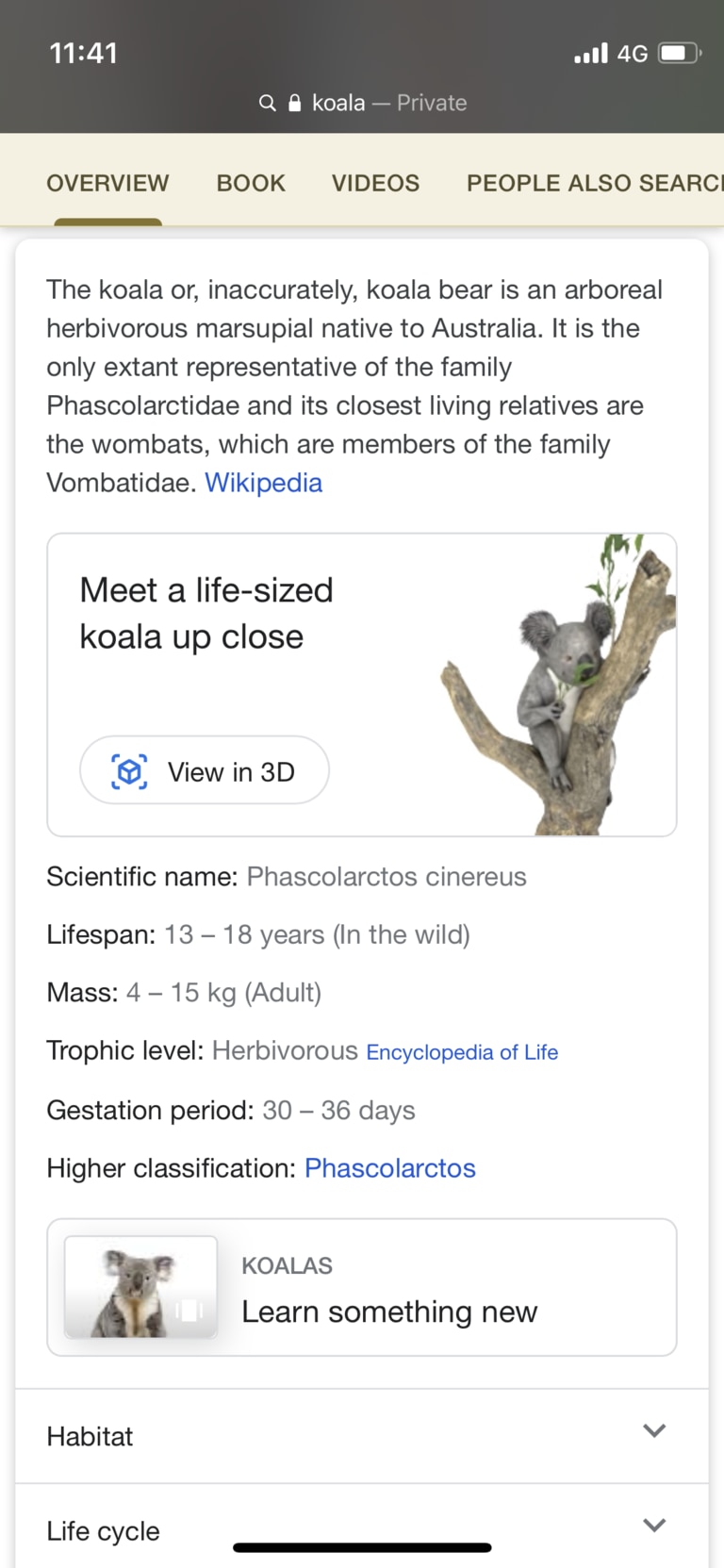
Google has also revealed the top trending searches for native Australian animals, and koalas are the ones people are most curious about.
TOP TRENDING GOOGLE SEARCHES FOR NATIVE AUSTRALIAN ANIMALS
• Are koalas extinct 2020?
• What does a baby platypus look like?
• Can an emu fly?
• How many koalas have died?
• How big are wombats?
• Are koalas friendly?
• How do koalas drink water?
• What does the inside of a kangaroo pouch look like?
• Can koalas be pets?
• How are baby kangaroos born?
WILD LIFE Sydney Zoo head keeper Shania Kelly took the time to answer a few of them.
“Koalas are not extinct, they are however vulnerable,” Ms Kelly explained in a video released by Google.
WILD LIFE Zoo is helping breed an “insurance population” of koalas.
Similar tactics were recently used to reintroduce Tasmanian devils to the mainland.
Ms Kelly said koalas prefer to hang out with themselves so wouldn’t make great pets anyway.
She also explained how kangaroos come into the world.
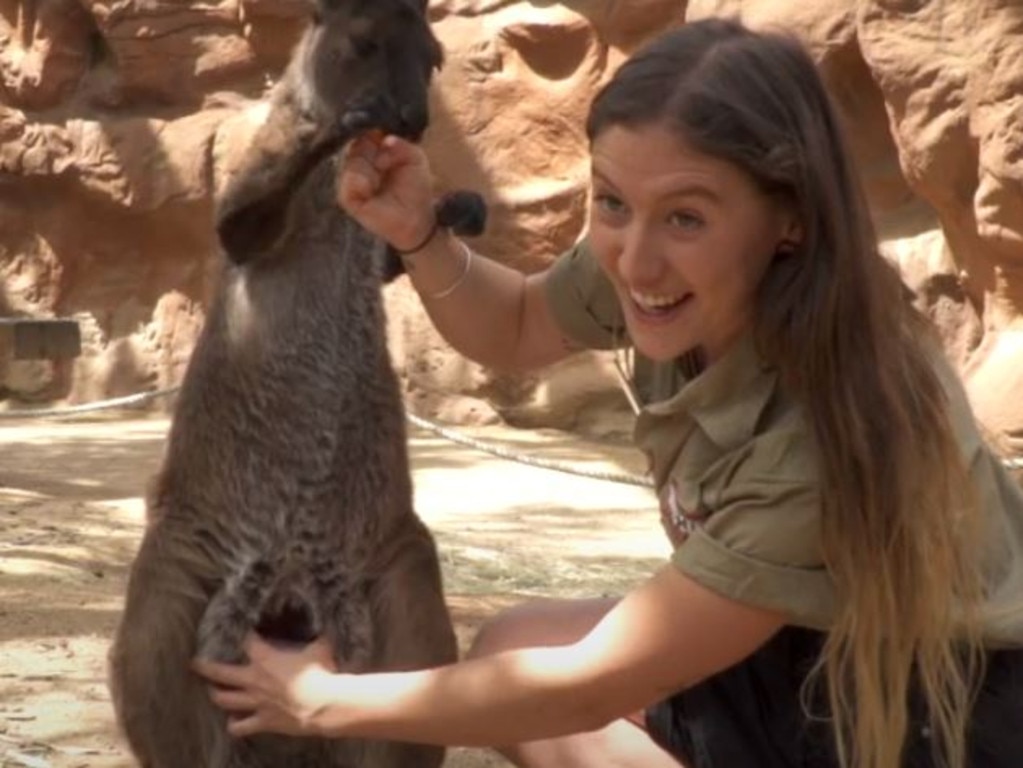

“Kangaroos are born completely furless, they’re about the size of a pink jelly bean and they have little arms. What they do is they climb from the birth canal all the way up into the pouch, and that’s where they finish their development.”
This goes some way to explaining why the inside of a kangaroo pouch looks the way it does (which is gross by the way but we’ll let you Google it).
“It’s not a place to hold your keys or your phone,” Ms Kelly said.


